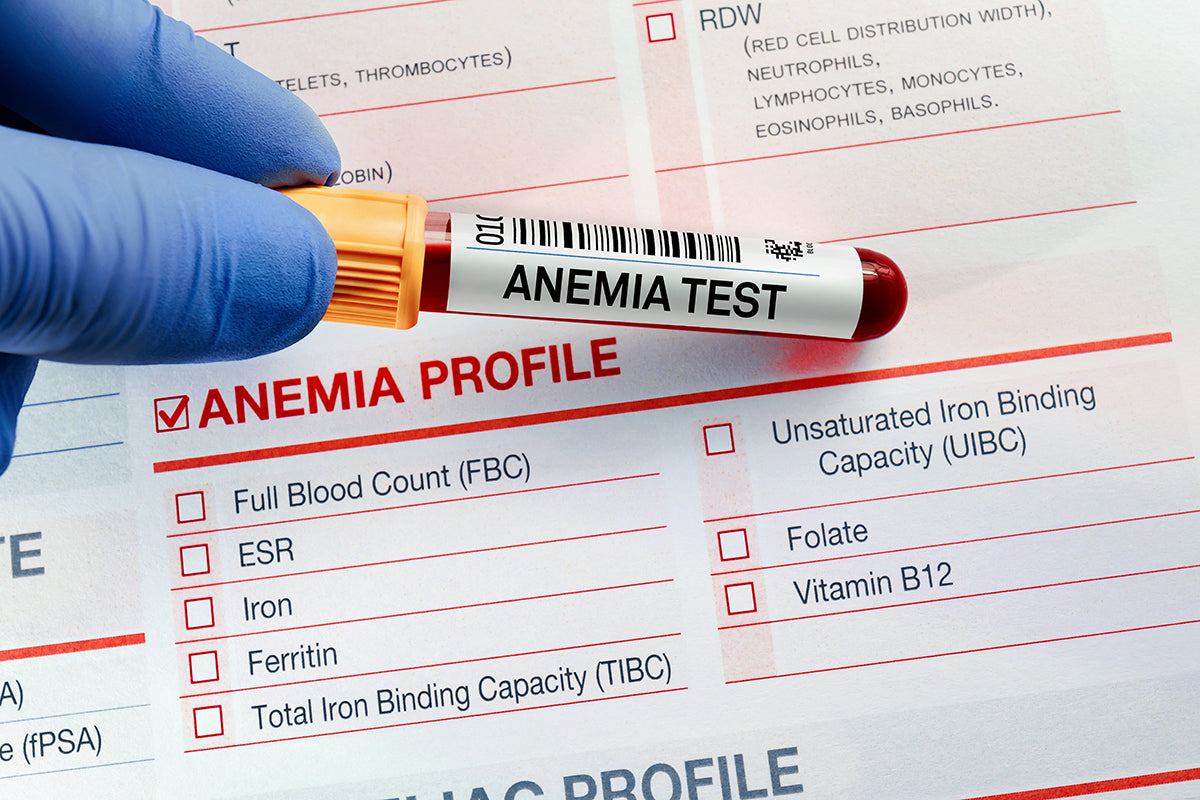
Iron deficiency anemia: when the cause is the lack of iron
|
|
Time to read 3 min
|
|
Time to read 3 min
Iron deficiency anemia is a type of anemia caused by a lack of iron. It is the most common type of anemia.
Anemia is defined as a condition characterized by a reduced number of healthy or normal red blood cells, decreased hemoglobin concentration in the blood, or hematocrit levels (normal ranges are between 41% and 53% for men, and 36% and 46% for women) that are below normal.
Red blood cells are the most abundant cells in the blood, and their main function is to capture oxygen and transport it to various tissues throughout the body. This is made possible by hemoglobin, their primary protein, which binds oxygen to iron atoms, enabling its transport through the bloodstream. As a result, anemia disrupts the proper distribution of oxygen to all cells in the body, as the reduction in red blood cells leads to this imbalance.
Iron deficiency causes a significant decrease in red blood cells and disrupts their proper function.
Iron deficiency anemia can result from various causes, including reduced iron stores, blood loss, issues with iron absorption, and insufficient dietary intake of iron. The most common causes of iron deficiency anemia include:
Symptoms of iron deficiency anemia can range from mild to absent. However, they may include:
As the anemia worsens, symptoms may also include:
Certain factors can increase the risk of developing iron deficiency anemia, including:
Blood tests used to diagnose iron deficiency anemia often include:
If the anemia is caused by bleeding, additional tests may be conducted to identify the source, such as:
Iron deficiency anemia is often treated by taking iron supplements and eating iron-rich foods.
Iron supplementation can be administered orally or intravenously.
The best way to prevent iron deficiency anemia is to follow a balanced and varied diet that includes iron-rich foods.
Iron deficiency anemia is a type of anemia caused by iron deficiency. This is the most common type of anemia.
Red blood cells are the most abundant cells in the blood and their function is to capture oxygen for transport to different tissues throughout the body.
There are many causes of iron deficiency anemia. The most common are caused by decreased iron stores, bleeding or hemorrhage, problems with iron absorption, and not getting enough iron from the diet.
Iron deficiency causes a drastic decrease in red blood cells, as well as disrupts their proper function.